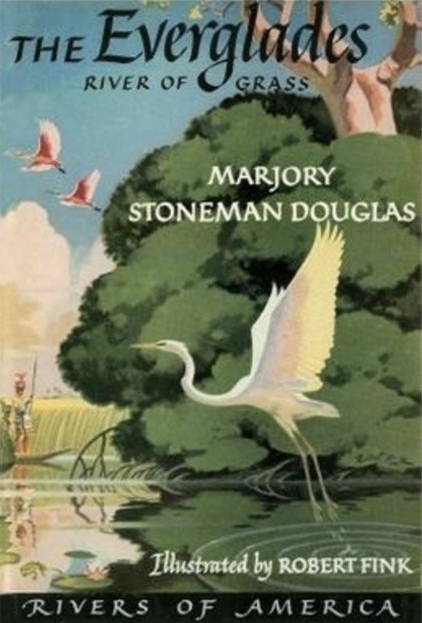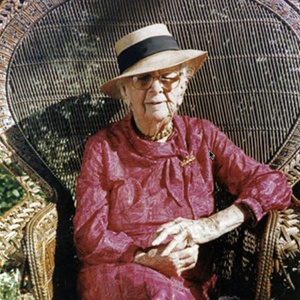Biodiversity lecture highlights history, future of Florida Everglades
“Saving the Everglades is a test. If we pass, we may get to keep the planet.”
That’s the mantra of the Friends of the Everglades, a simple and easy-to-remember reason why the biodiverse section of South Florida is so essential for preservation and restoration. Put another way:
“There are no other Everglades in the world. They are, they have always been, one of the unique regions of the earth; remote, never wholly known. Nothing anywhere else is like them,” wrote the organization’s founder, Marjory Stoneman Douglas.
Stoneman Douglas was a journalist, activist and author whose 1947 book, The Everglades: River of Grass, was an accessible analysis that helped drive awareness of the rareness of the Everglades. Today, members of Friends of the Everglades work to continue her legacy by compelling government agencies to comply with existing environmental laws, fighting any efforts to weaken such laws, and pushing initiatives to restore the historic flow of water through the Everglades.
Eve Samples, the organization’s current executive director, spoke to Stetson Law students on Feb. 4, 2021, as part of The Edward and Bonnie Foreman Biodiversity Lecture Series. She explained how, in early 1900s, Florida leaders thought it was a good idea to drain Lake Okeechobee to the east and west, disconnecting the “River of Grass.”
The 18,000-square-mile greater Everglades system stretches from a chain of lakes near Orlando all the way down to Florida Bay, she said, adding that more than 50 percent of the water system has been diverted over time. As a result, toxic algae blooms are an increasing problem in Lake Okeechobee, the Caloosahatchee estuary, and St. Lucie River. Meanwhile, the Everglades and Florida Bay remain parched and suffering from hyper-salinity. Fertilizer runoff from agricultural lands accounts for 79 percent of the pollution in Lake Okeechobee and is a leading cause of toxic blue-green algae, which exacerbates naturally occurring red tide.
Toxic algae and red tide have sickened people (research links it to ALS and liver disease), fish, marine mammals and birds, as well as negatively impacted the state’s aquaculture, tourism and hospitality industries.
Samples said the three-pronged solution for Everglades restoration includes addressing:
- Infrastructure – meaning water storage and treatment protocols outlined in the Comprehensive Everglades Restoration Plan;
- Operations – meaning managing Lake Okeechobee with human health in mind rather than to appease the agricultural industry, as is the current practice; and
- Water quality – meaning actively enforcing pollution limits across the region. Florida has a long history of “presumption of compliance” instead of thorough oversight. For example, state inspectors visited only 3,600 of 11,000 agricultural sites last year.
Law students can help, Samples said.
First, voice opposition to the M-CORES toll roads project, which proposes the construction of three north/south highways cutting through the center of the state. Second, participate in the development of the new Lake Okeechobee System Operating Manual (LOSOM). Third, demand the Florida Legislature enforce mandatory pollution limits and mandatory septic inspections, as well as ban biosolids (partially treated human sludge).
But above all else, remember the advice of Marjory Stoneman Douglas:
“Be a nuisance where it counts. Do your part to inform and stimulate the public to join your action. Be depressed, discouraged, and disappointed at failure and the disheartening effects of ignorance, greed, corruption, and bad politics – but never give up.”
Post date: Feb. 10, 2021
Media contact: Kate Bradshaw
[email protected] | 727-430-1580

